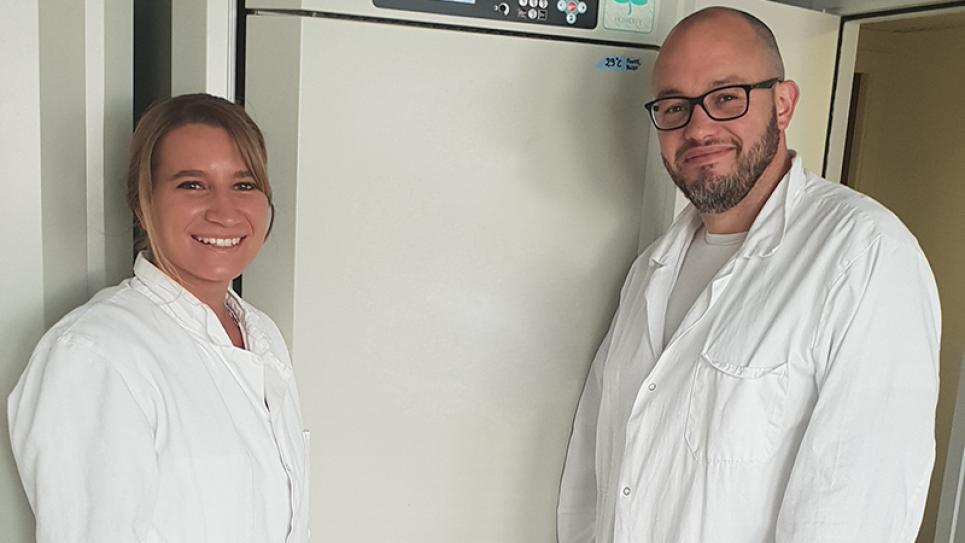Since 2016, the Institute of Ecology and Environmental Sciences (iEES Paris) at the Sorbonne University in Paris has been using the Vaisala Continuous Monitoring System to record data in real time and control the temperature and humidity of chambers used for insect breeding and experimentation. The iEES develops innovative strategies and tools for the rehabilitation of damaged environments, the ecologically sustainable management of biological resources and ecosystem services, and adaptation to global change.
Temperature and humidity: Parameters that influence insect biology
Insects are ectothermic organisms, meaning that their biology and development depend on external temperature and that they do not naturally regulate their own heat. Humidity greatly affects insects and must approximate their natural environment to avoid stress. Numerous academic research laboratories conduct research to understand the effects of climate change on living organisms, especially those that are sensitive to environmental variations. The ability to monitor temperature and humidity is key for this research.
A research program was set up at the Institute of Ecology and Environmental Sciences in Paris to study the effects of changes in temperature on the biology and development of an insect pest. Variations of a few degrees from the thermal optimum of the species are created, but this requires ensuring that the temperature remains constant in the chambers (irrespective of where the insects are placed). Humidity must also be maintained at 70% throughout the experiments.
These experiments require highly accurate measurements from devices that can continuously record temperature and humidity data over relatively long periods of time (several weeks, including weekends). Along with monitoring temperature and humidity, researchers need to be notified of any anomaly or variation in these parameters. In this context, the IEES at the Sorbonne University in Paris decided to update its monitoring equipment and selected the Vaisala viewLinc Continuous Monitoring System to fulfil its needs. The ease of installation of the system, which includes software, data loggers, and network connectivity devices; along with the system’s storage capacity and battery-powered data loggers, set viewLinc apart from other monitoring systems.
Sensor accuracy in eco-physiological research laboratories
“One of the main reasons we chose this equipment is the quality and accuracy of the sensors,”
explains David Siaussat, lecturer at the Institute of Ecology and Environmental Sciences at the Sorbonne University in Paris.
“Each sensor has its own calibration certificate and Vaisala helps users to set up and configure the system on site. The sensors and recorders are easily interchangeable and moveable so that the two parameters can be measured in the chambers or the rooms in which they are installed. This means that our array of fifteen sensors and recorders is flexible and can be spread out between one or more breeding chambers or one or more experimentation rooms.”
The technology of the sensors allows normal operation in high humidity environments (such as breeding chambers) without malfunction or deterioration of the equipment over time. A single computer acts as viewLinc’s server and allows users to access and analyze the data using the Internet. Data loggers connect over an Ethernet network to send information to viewLinc. The large internal memory of the data loggers ensures against the loss of data during network outages. When the network is restored, viewLinc automatically re-connects to the data loggers with no user intervention required.






